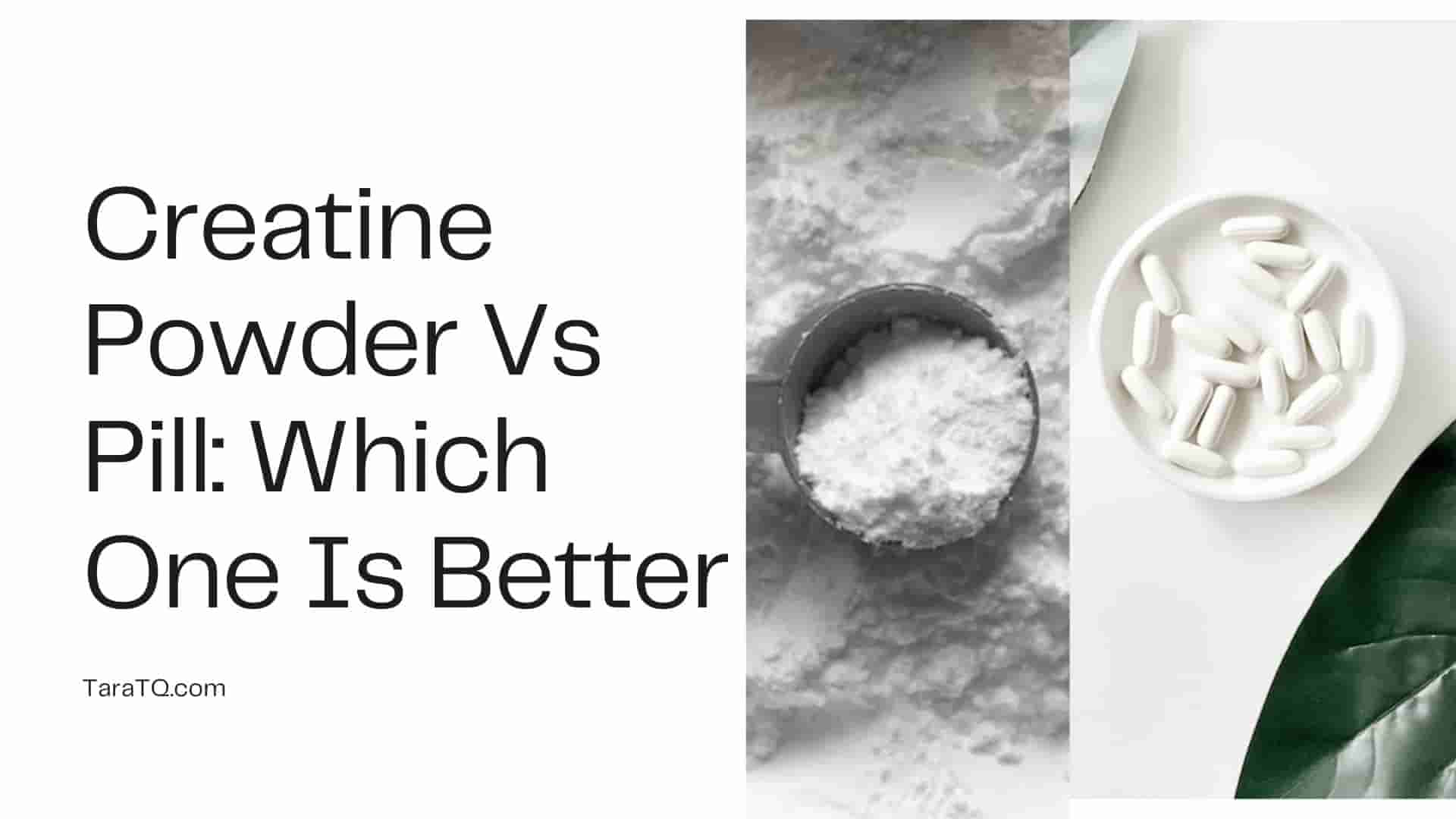10 Tooth Filling Tips To End Pain

Decades of advancements in dental care have significantly improved the process and outcome of tooth fillings, transforming what was once a dreaded procedure into a relatively straightforward and painless experience. Despite these improvements, many individuals still approach the prospect of getting a tooth filled with apprehension, fueled by concerns over potential pain, the effectiveness of the filling, and the long-term health of their tooth. Here are 10 expert tips designed to guide you through the process of tooth filling, ensuring that you not only end the pain caused by cavities but also maintain excellent oral health.
1. Choose the Right Dentist
Selecting a skilled and experienced dentist is paramount. A good dentist will not only ensure that the filling procedure is as painless as possible but also provide valuable advice on preventive care, helping you avoid future fillings. Look for dentists with positive reviews, especially those who are praised for their gentle and explanatory approach. Understanding what will happen during the procedure can significantly reduce anxiety.
2. Understand Your Options
Dental fillings come in various materials, each with its own set of advantages and disadvantages. The most common types include amalgam (silver fillings), composite resin (tooth-colored fillings), gold fillings, and ceramic fillings. Discussing your options with your dentist can help you choose the best filling for your specific needs, considering factors such as the location of the tooth, the extent of the decay, and your budget.
3. Maintain Good Oral Hygiene
Preventing further decay is crucial after a filling. Regular brushing and flossing can help maintain the health of the filled tooth and prevent the need for additional fillings in the future. Pay special attention to the area around the filling, as bacteria can accumulate there, potentially leading to new cavities.
4. Be Prepared for the Procedure
Before the filling procedure, it’s essential to be prepared. This includes discussing any concerns or anxieties you have with your dentist, making sure you understand the procedure, and arranging for someone to drive you home if you’re going to be sedated. Wearing comfortable clothing and arriving a bit early can also help reduce stress.
5. Manage Pain and Discomfort
Modern dentistry offers various methods to manage pain during and after the procedure. Discuss pain management options with your dentist beforehand. They may include local anesthesia to numb the area, sedation dentistry for more complex procedures, or over-the-counter pain relievers for post-procedure discomfort.
6. Consider Preventive Measures
Prevention is the best medicine, especially when it comes to tooth decay. Regular dental check-ups can help identify cavities early, reducing the need for extensive fillings. Additionally, fluoride treatments, dental sealants, and a diet low in sugars and acids can significantly reduce the risk of future cavities.
7. Avoid Certain Foods
After a filling, it’s advisable to avoid certain foods for a period, especially those that are hot, cold, sticky, or hard, as they can cause discomfort or damage the filling. Your dentist can provide personalized advice based on the type of filling you have and its location.
8. Monitor the Filling
Regular dental check-ups are crucial for monitoring the condition of your filling. Over time, fillings can deteriorate or become damaged, potentially leading to further decay or the need for a replacement. Catching issues early can save you from more invasive and expensive procedures down the line.
9. Address Sensitivity
Some people experience sensitivity after a filling, which can be due to the filling material, the depth of the filling, or the condition of the tooth. If you’re experiencing sensitivity, discuss it with your dentist. They can offer solutions, such as applying a desensitizing varnish or recommending a toothpaste for sensitive teeth.
10. Stay Informed
Staying informed about the latest in dental care can empower you to make better decisions about your oral health. Advances in dental technology and materials are continually improving the filling process, offering more comfortable, efficient, and aesthetically pleasing outcomes. Your dentist is a valuable resource for staying up-to-date on the best practices and newest technologies in dental fillings.
How long does a tooth filling procedure typically take?
+The duration of a tooth filling procedure can vary depending on the complexity of the case and the number of fillings needed. Simple fillings can take as little as 15-30 minutes per tooth, while more complex cases may require longer appointments.
Are tooth fillings painful?
+With modern dental anesthesia and techniques, the actual filling procedure should not be painful. However, some individuals may experience sensitivity or discomfort after the procedure, which can be managed with over-the-counter pain relievers or specific dental treatments.
How can I prevent needing more tooth fillings in the future?
+Preventing future fillings involves maintaining good oral hygiene practices, including regular brushing and flossing, limiting sugary and acidic foods, and attending regular dental check-ups. Your dentist may also recommend additional preventive measures such as fluoride treatments or dental sealants.
By following these tips and maintaining an open dialogue with your dentist, you can make the process of getting a tooth filled as smooth and painless as possible. Remember, the key to a successful filling is not just the procedure itself, but also the care and attention you give your teeth before and after the filling. With the right approach, you can end the pain caused by cavities and enjoy a healthy, beautiful smile for years to come.

